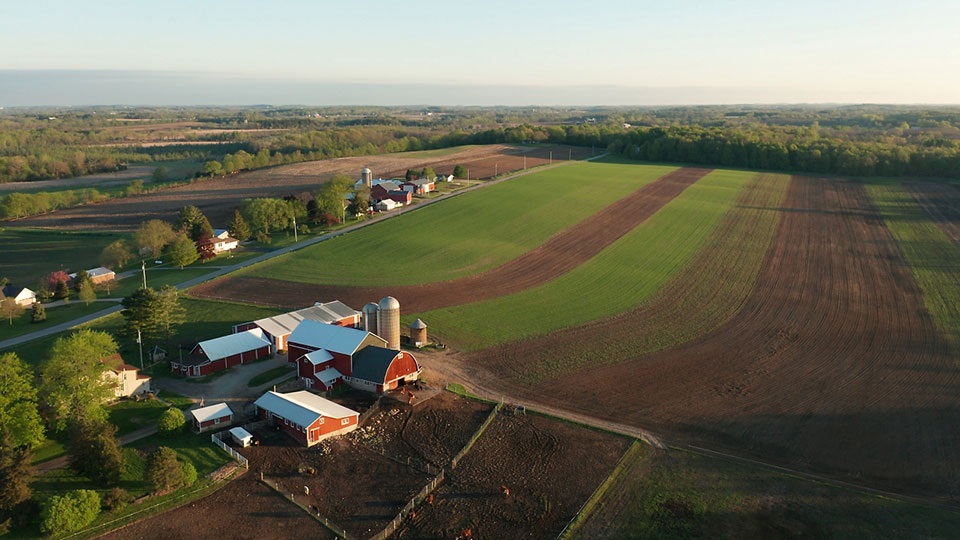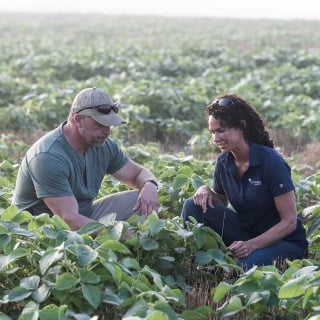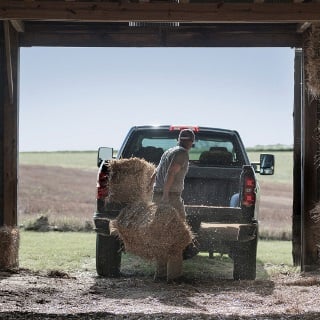We all have heard the phrase, “Don’t put all your eggs in one basket.” The same thinking applies to diversifying your farming operations. Knowing when to consider this strategy, how to implement it and the common pitfalls to avoid can help you achieve long-term success.
What is farm diversification?
Diversification is a management strategy that uses multiple enterprises or investments to mitigate risk and provide greater stability for a business. For farmers, diversification could mean adding an agritourism component to an operation, buying farmland with potential development opportunities or purchasing insurance. The ultimate goal is to build additional revenue streams that can yield higher returns during periods when your current operation may deliver lower returns.
When might diversification make sense for your farm?
Diversification requires risk, effort and capital. It’s important to remember that diversification may not be the right strategy for everyone. We often have farmers come to us to discuss diversification around two key scenarios.
First is when a producer has a lot of working capital. With excess cash on hand, there might be an opportunity to make an investment to expand or grow an operation. Typically, farmers want to use this cash to make their operations more resilient to potential market fluctuations or economic downturns.
The second is wanting to transition a farm to the next generation. Farmers often involve their children or future business partners before passing down the entire business. One way to get started is by having them run a portion of the enterprise and learn important skills such as creating a business plan, marketing an operation and managing labor. Building these skills early will set them up for success—and give you peace of mind.
What steps should you take to diversify your farm?
Diversification is like launching a new business. First, you’ll want to assess how this could coincide with your current operation. One of the biggest benefits of diversifying your operation is maintaining more consistent year-over-year returns. You should look at how your different investments correlate with each other to ensure you have a complimentary cash flow. There may also be opportunities to leverage assets across both operations, which can reduce the up-front risk and costs.
From there, you’ll want to do research and answer questions such as:
What will labor look like?
What’s the size of the potential market?
Do I have the necessary skills to run the operation? If not, can I learn them or partner with a subject matter expert?
What financial resources do I have available to pursue this endeavor?
What does the competitive landscape look like?
The next important step is to create a business plan. You’ll want to develop a balance sheet, conduct several years of cash flow projections and run different potential market scenarios. This pre-work will allow you to create a strong foundation.
What are common pitfalls to avoid?
Diversification offers many opportunities, but it can also be risky. It’s important to avoid common pitfalls and our partners at Agricultural Economic Insights recommend considering the following:
Don’t add just to add.
Don’t diversify for the sake of diversifying. If an opportunity distracts you from your current operation, it might not be the right approach.
Avoid highly correlated activities.
If your current operation and potential opportunity are highly correlated, you will likely not reap the true benefits of diversification. Pursuing a highly correlated activity can be a valid part of a larger business strategy but, if diversification is your aim, having highly correlated activities isn’t the best approach. For example, growing multiple crops susceptible to the same pests or diseases could result in more substantial losses during an outbreak.
There’s no silver bullet.
Diversification comes with trade-offs. If you pursue an investment that offers incredibly high returns, you may experience more market volatility. If an investment is more stable, you may see lower returns. It all comes down to prioritizing what’s most important to your operation.
Adding during lean times can be risky.
You will want to assess the current economic environment before deciding to expand. If your farm is running lean, it’s likely not the best time to make an additional investment.
Farm Credit Mid-America customers considering diversification can use our Business Plan Template for planning purposes. You can also contact your local office to discuss your diversification plans and gain valuable tips and resources.
This article is intended for informational purposes only. For additional information and insights on this topic, view our webinar with Agricultural Economic Insights and Senior Financial Officer Jennifer Ferris.






